Fossils of digging into the Balayo River in Kakar-Hakra.
One of the oldest civilizations in the world, the Indus Valley Civilization has received more and more surprising information about the origin and end of civilization.
5,300 years ago, in the northwestern part of India and Pakistan, long ago the Himalayan river thrived. Or it was thought to be true.
However, a new study has revealed that the Indus Valley Civilization was a precedent for the resettlement of the river and the plains of the Indus Valley Civilization. It was a surprise to many that they lived in a lucrative and uninhabitable river. Egypt and Mesopotamia civilizations in the same period benefited from the rivers.
These details were found in the Indian Institute of Technology in Canberra and the Imperial College in London.
Infrared satellite imagery showing the unique system of ancient rivers.
Analysts of the group who did not deny that the demand for water during the Bronze Age would be higher, claim that the water of the civilization could have been completed by the water received during the monsoon season.
"This study has crushed the idea that the Indus Valley Civilization was ruined by the river," said Professor Rajiv Sinha.
The remaining traces of a street in the city of Kalibankan
"We have argued that the mainstream of trades with ancient societies has been the key to their destructive control over the stability of civilization," he said.
"This is a huge gulf between 3,000 to 4,000 years ago at the peak of the Indus Valley Civilization," he told the BBC, "about 8,000 to 12,000 years ago.
The results of this study have been published in Nature Communications magazine.
A collection of mineral cereals that helped find the appearance of the Baléo River
They checked the data on the stream of the so-called Gugger-Hakra ancient river with data collected by satellite and field research.
The cities of Indus Valley Civilization, Kalibangan and Panawali, were located on the banks of the river. "The Indus Valley is the area where the Sutlej River has flourished, like many Himalayan rivers, and it can change its path," the study committee said.
"They have a tendency to change their path once every 100 years," says Professor Sanjeev Gupta of Imperial College.
"The Sutlej River has stayed on its new path, no damage has been done to the old river, which has saved from the disaster of the Indus Valley Civilization, and some parts of this civilization were built on the old river."
Broken pieces of Indus civilization on the ground in Kalibangan
The amount of the fossil is counted by a technique that measures the light and the amount of light they release.
The path of the Sutlej River began about 15,000 years ago and has been in existence nearly 8,000 years ago. Professor Gupta said that civilized civilians were efficient engineers and used water management systems, including groundwater use.
Urban settlements of Indus civilization have spread in the present North-West India and Pakistan.
However, he said that archeologists should explain how they operated in a low water source.
New York University's anthropologist Rita Wright, who is not associated with the study, said that "the area in which the river has changed its path is only a limited part of the population of the Harappa community, but this is an important part of understanding this civilization."
"The study counts a specific place in Northwest India," he said.
"Unlike the Indus valley, it has a different hydraulic environment, and it is not a reflection of the vital differences between the sedimentary sediments of Indus Valley Civilization and the 'Kakar' monsoon-based hydraulic system," said Rita Wright .
The Harappa site in Mohanjō-Taro, Pakistan. It was built on the banks of the Indus River

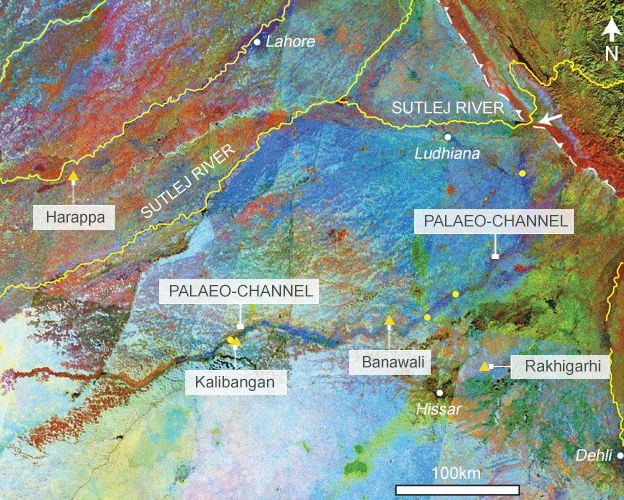
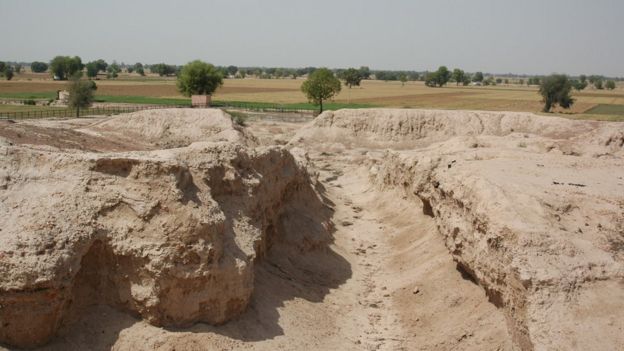

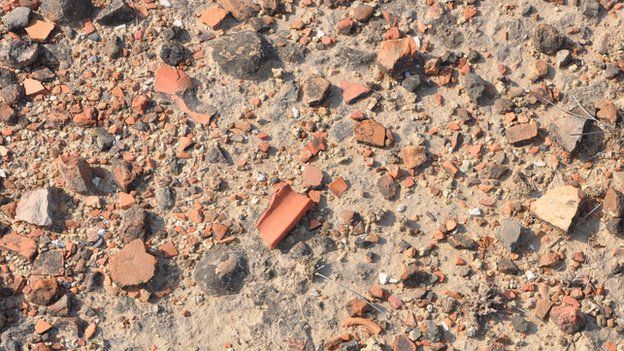
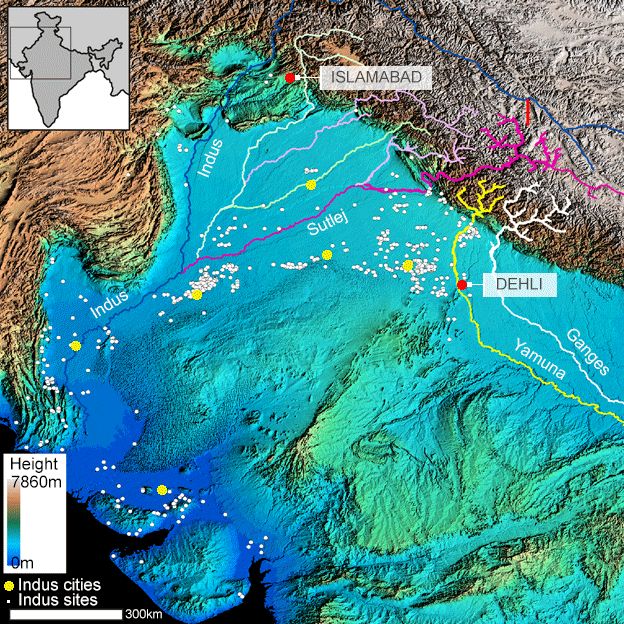
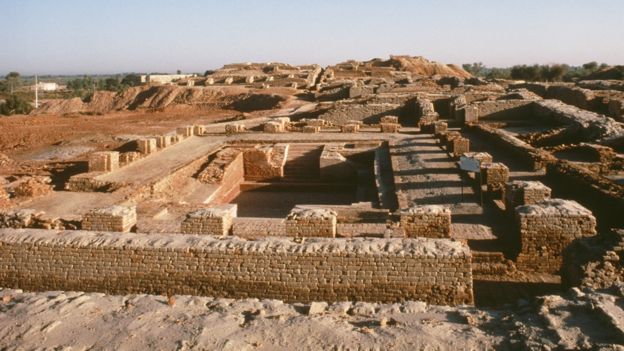
Comments
Post a Comment